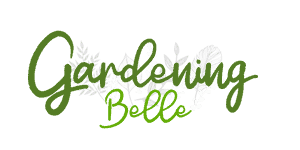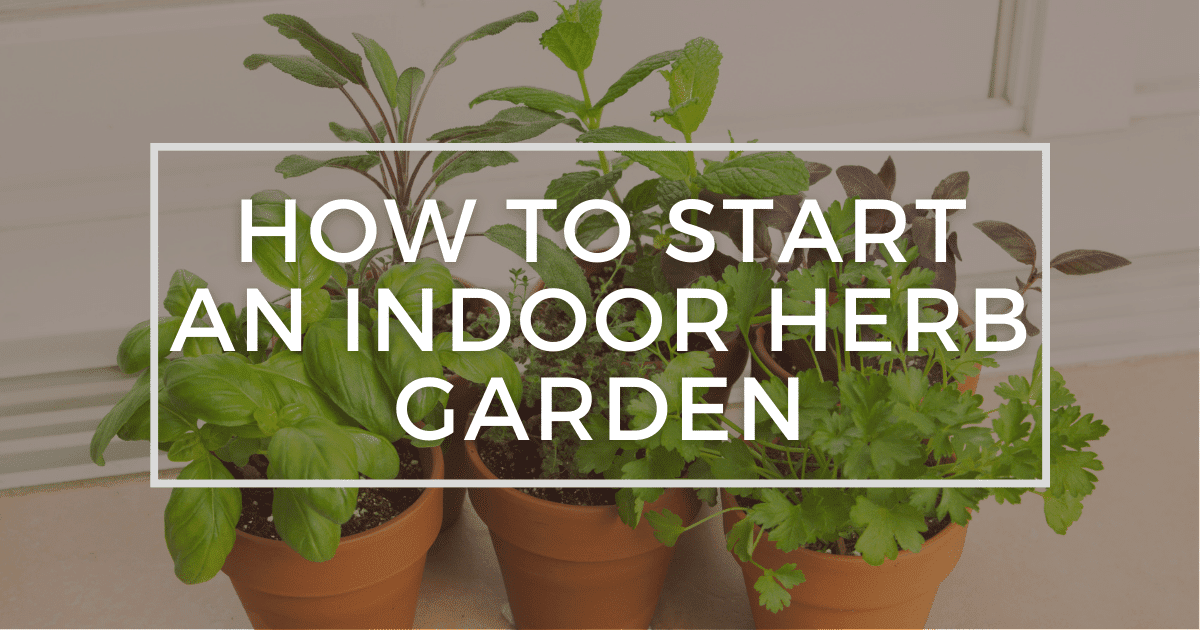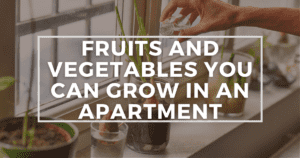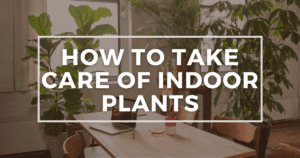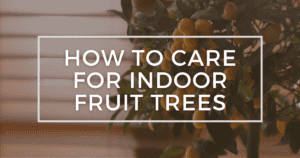Having an indoor herb garden means fresh ingredients are always on hand. Incorporating fresh herbs can make simple homemade dishes feel extra special. Or if you want to try a new recipe you don’t need to buy herbs from the grocery store with way more than you need. You can harvest as and when you want. Growing herbs indoors not only allows you to enjoy fresh produce but you’ll also add more fragrance and greenery fill your home.
Before getting started, consider the growing needs of each herb, and make sure to do research to make sure they are given the right conditions to flourish.
Choose what to grow in your indoor herb garden
Any type of herb can be grown provided that the optimal conditions are met but then just because you can doesn’t really mean you should. The better choice is to plant herbs that you plan to include or have the culinary requirement for. Otherwise, won’t it just be another planter taking up space on the counter?
Settling the use case scenario, the next would be on the level and ease of growth. It would be good to start on the right foot, you wouldn’t want to be disheartened just because you chose to grow a plant that needs a little more experience than you currently have.
Some of the easiest herbs to grow are Basil, Mint, Chives, and Parsley to name a few.
Find the best spot for your indoor herb garden
Look around the house to decide where to place your indoor herb garden. Check for a location that has the ideal mixture of light and temperature. So, how much light does an herb garden need? In general, plants will do well in a sunny window that receives at least 6 hours of strong sunlight each day. This is essential for their upkeep and growth as well as flavour. If the light is insufficient, you might want to think about using grow lights to make up the difference. There are a lot of options nowadays, not only for standalone grow lights but for indoor garden kits that have all the smart features to get things started for a bountiful harvest.
For temperature, the area should be at least 65 to 70°F with adequate air circulation. Herb will also require a humid environment. You can create such by grouping all the herbs close together.
Choose and prepare the pots
No matter which type of herbs you decide on, choose a container that has drainage holes. This will allow for water to drain through and avoid the plant roots to stand in water. While some plants enjoy moist soil, they do not enjoy soaking in one. Roots saturated in a large volume of water only promote root rot and a struggling plant. Mason jars, though aesthetic, are a poor choice unless you’re opting for hydroponically growing the herb.
To get the water to pass through the drainage hole, choose a fast-draining porous potting mix.
Care for your herb plant
To keep your herb growing for a long time in its container home you’d have to master the art of watering. Most herbs require to keep the soil consistently moist but not overwatered. A little goes a long way to sustain a small herb. If the leaves being to wilt or turn yellow, that’s usually a sign of overwatering, so hold back.
The size of the container, the amount of sun, the temperature, and the wind circulation will all be a factor when it comes to watering. The best way to check would be to stick your finger an inch or 2 in the mix. If it’s dry, then give it water otherwise hold off.
It is also to do monthly flushing to get rid of any harmful elements and salt build-ups that could have been trapped in the container. This can be done by completely watering the plant letting excess water run through and drain out. You might also want to take this time to fertilize your herb plant to supplement it with some added nutrients. Choose an all-purpose plant food and apply at half strength than recommended every other week.
Harvest your herbs
Regular pruning encourages new growth, pinch, or snip flowers when you see them. Harvest a few sprigs for cooking or storing. However, avoid removing more than a quarter of the plant at a time, this will stress the plant and impede its growth instead, in worst cases even killing the plant.
If you harvest more than you need or do not require it for cooking yet, store them in an airtight container and they will keep fresh for a week. For long-term storage, you can freeze the herbs or use a dehydrator and grind it to make them into powder.
Final Thoughts
There you have it, in the most simplest steps to start your indoor herb garden. In summary, always take into account the light exposure, temperature, humidity, water requirements, and nutrient requirements of the herb your decide to grow then you will always have a good harvest.
